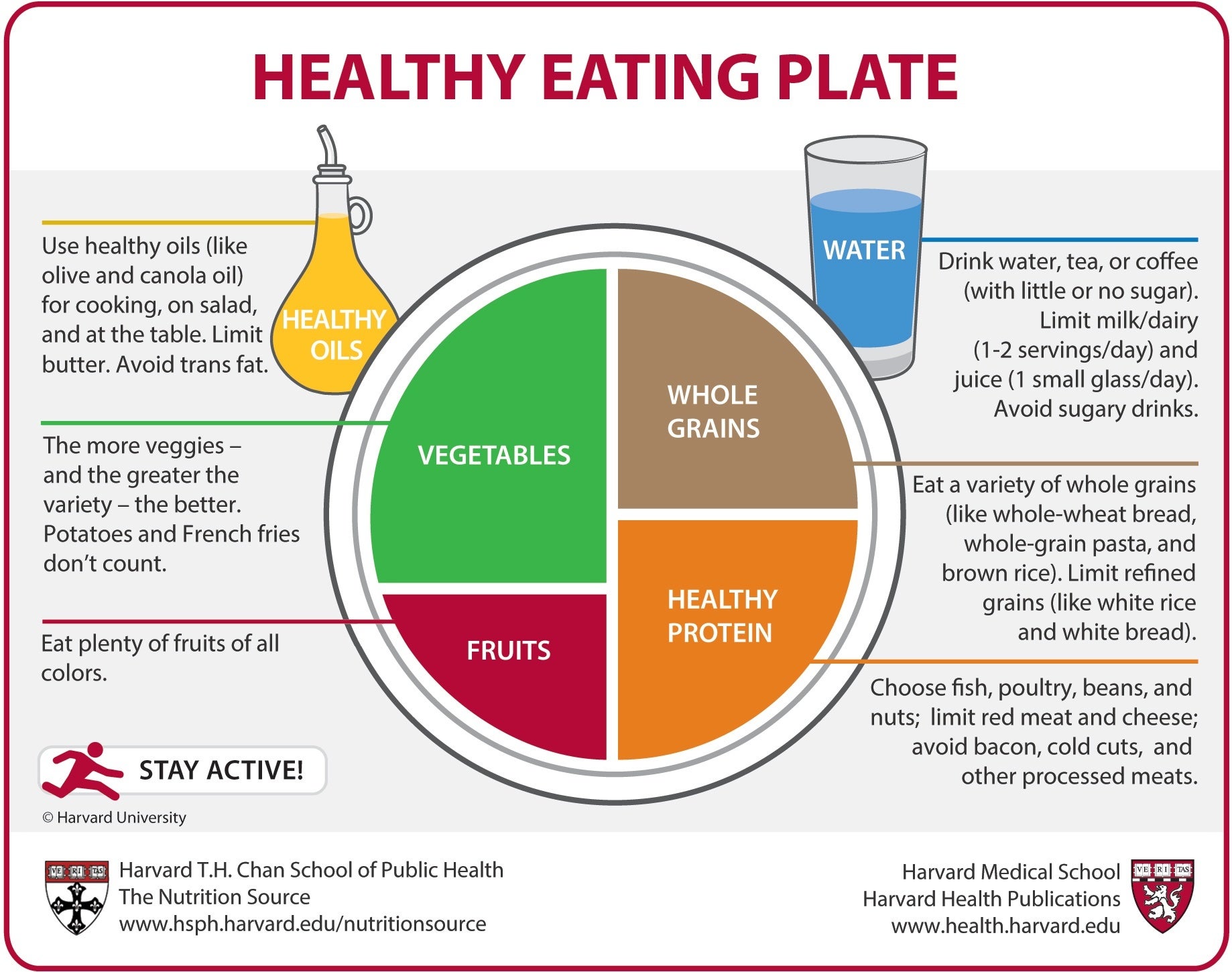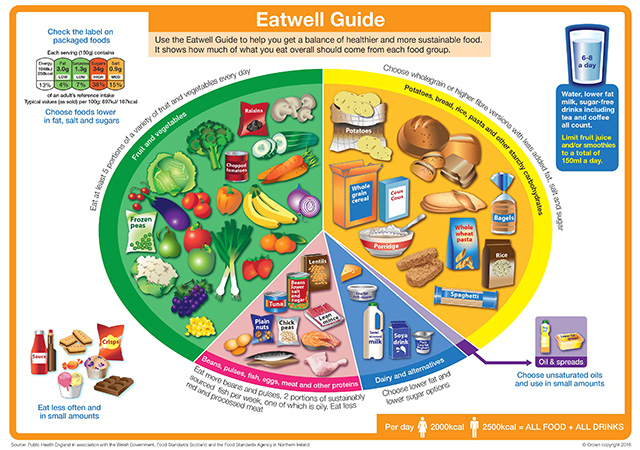Hello there, and welcome back to my blog. Today AlT discuss all things about health and wellness! Today, I am so excited to share my health class experience with you. We were learning about the importance of vitamins and minerals in our diet. As you may already know, these essential nutrients are important in keeping our bodies healthy and functioning properly.
As part of our lesson, we were assigned a task to create a poster about a specific vitamin or mineral. I chose vitamin E, an important vitamin that helps protect our cells from damage caused by free radicals. I was amazed to learn that vitamin E has so many benefits for our body, including its ability to improve skin texture, support eye health, and boost our immune system.
To create my poster, I used the online design tool, Canva. It was so much fun to use and allowed me to be creative and craft my poster to my liking. I decided to focus on the benefits of vitamin E for hair and skin health. Did you know that vitamin E can help with hair growth and prevent hair loss? It also helps to hydrate and moisturize the skin, reducing the signs of ageing.
Overall, I had a great time learning about vitamins and minerals in class and creating my poster. It was truly fascinating to learn about the wonders of vitamin E and how it can help keep us healthy. I hope you enjoyed reading about my experience and learned something new today. Be sure to stay tuned for more exciting health-related content coming your way!
Website(s) I used –

 Google – Search some information
Google – Search some information
Here is the poster

Thanks for reading, bye
Shreeya
 Google – I used google for the images below and some information.
Google – I used google for the images below and some information.


